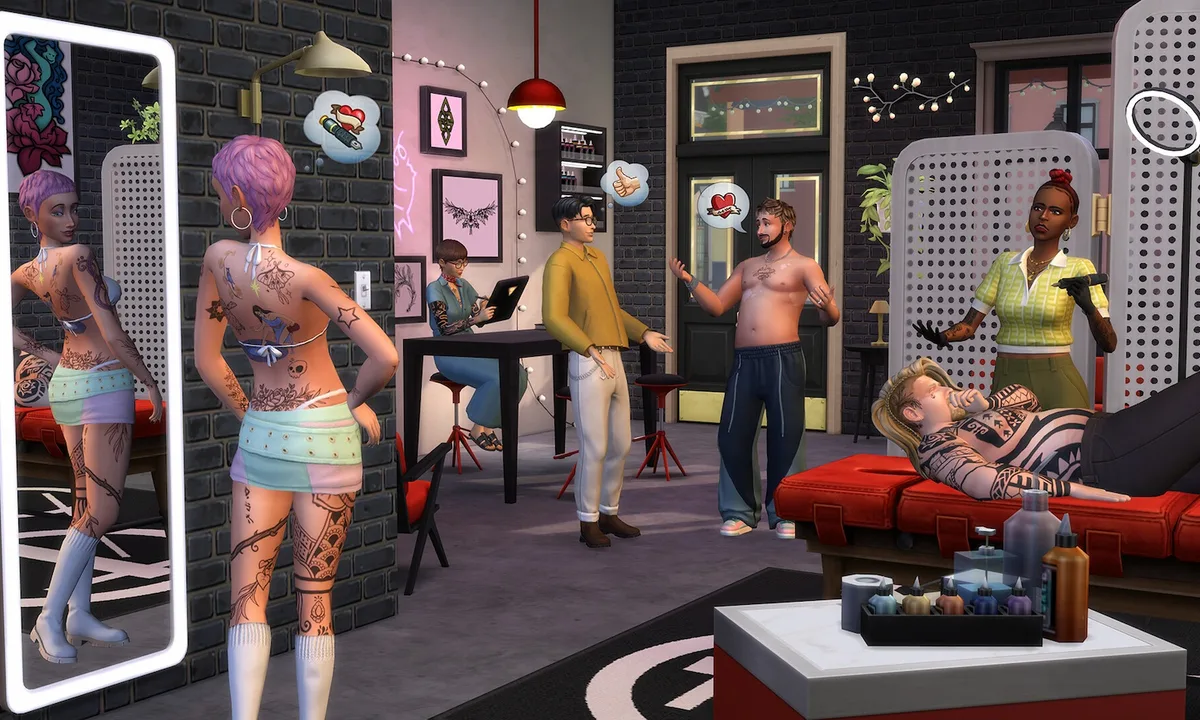Vince Gilligan returns to television this fall with Pluribus, a new drama debuting November 7 on Apple TV. The series marks the Breaking Bad creator’s first original project in over a decade and signals Apple’s continued investment in high-concept storytelling, even as other platforms pull back on costly productions.
Pluribus explores a world in which humanity achieves perfect happiness following a mysterious signal from space. Only one person, Carol — played by Rhea Seehorn — remains discontent. Her refusal to surrender to bliss becomes the show’s central conflict, framing unhappiness not as a flaw but as a marker of free will.
Filmed in and around Albuquerque, New Mexico, where Gilligan has long based his productions, the series combines science fiction with moral inquiry. Early coverage from The New York Times described it as an ambitious mix of philosophy and genre storytelling. Apple is positioning it more as a mystery than an overtly allegorical fable, with marketing centered on emotional curiosity rather than spectacle.
Pluribus is one of Apple TV’s most significant creative investments in recent years. The company reportedly granted it a two-season order ahead of its premiere — an uncommon move in today’s risk-averse climate. Production involved large-scale sets, including a full suburban neighborhood built from real materials, and aerial sequences suggesting a cinematic scope rarely seen in television.
Gilligan’s creative team remains consistent with his earlier work. Many of the crew and locations from Breaking Bad and Better Call Saul have returned, maintaining the visual continuity of his Albuquerque-based storytelling. That loyalty has also benefited the region, where Gilligan’s productions have supported local crews and boosted the economy for nearly two decades.
The connection between Gilligan and Seehorn continues from Better Call Saul, where her performance as Kim Wexler drew wide acclaim. Gilligan wrote Pluribus with her in mind, though both worked to separate this new character from Wexler. Filming avoided recognizable locations from the Breaking Bad universe to ensure a fresh identity, while Seehorn’s appearance was deliberately altered to reinforce the distinction.
Apple’s partnership with Gilligan aligns with its broader strategy of backing established filmmakers known for distinctive voices. The company’s collaborations with Martin Scorsese, Ridley Scott, and Alfonso Cuarón reflect an approach focused on curation and craft rather than sheer output. Pluribus fits that mold — an auteur-driven project emphasizing control, precision, and thematic depth.
Thematically, the show departs from Gilligan’s earlier moral battlegrounds to question the meaning of happiness itself. Rather than depicting collapse or corruption, it imagines the emptiness of perfection — what happens when every human desire is fulfilled and conflict disappears. Early descriptions suggest a tone of quiet unease rather than dystopia, exploring the psychological cost of peace.
For Apple TV, Pluribus represents both a calculated risk and a cultural statement. It reaffirms the platform’s commitment to prestige television at a time when many studios are chasing cheaper, shorter content. Whether audiences embrace a story where discontent becomes rebellion remains to be seen, but Gilligan’s reputation for meticulous storytelling gives the project a built-in intrigue.






